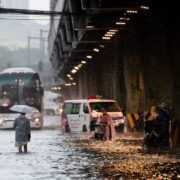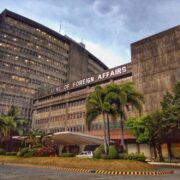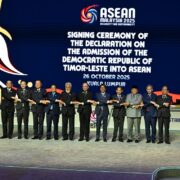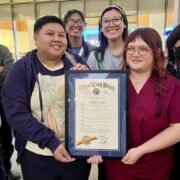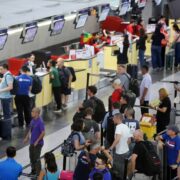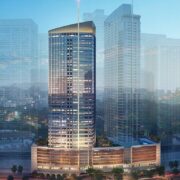How car-free zones are giving our cities a makeover
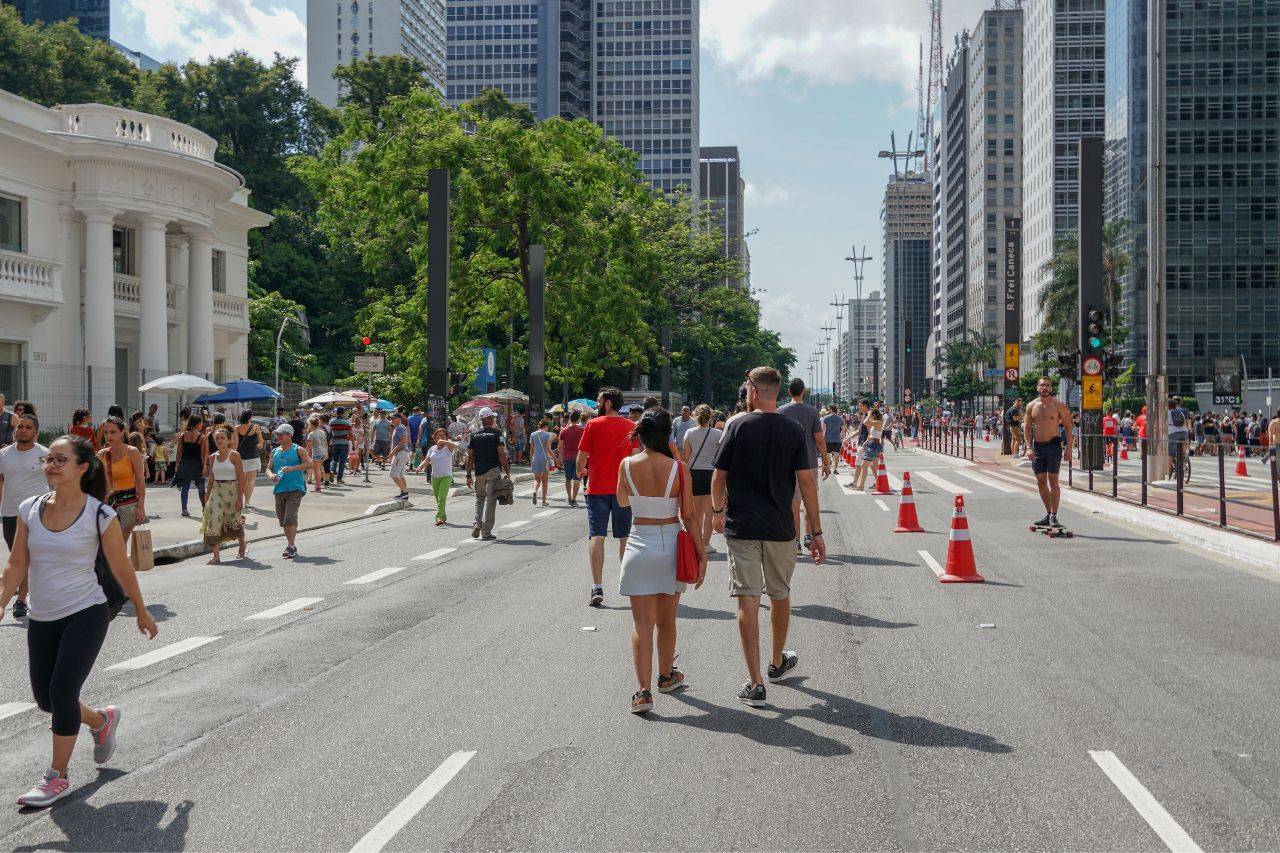
With the country’s growing population, the dependence on motorized transport has also increased, resulting in clogged roads, longer travel times, and consequently, higher carbon emissions.
Car-free zones have thus introduced a much needed balance in the urban landscape, improving air quality, promoting healthier lifestyles, and revitalizing economic activity in designated pedestrian-friendly spaces.
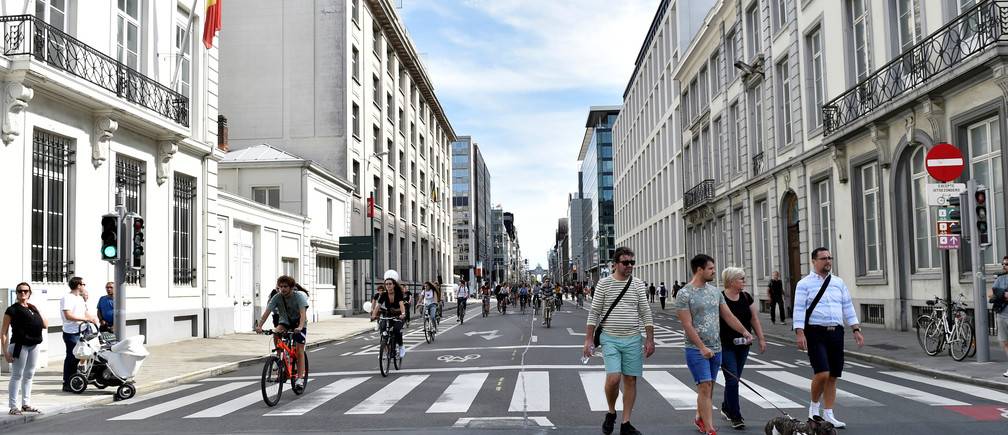
Economic and social benefits
Studies indicate that areas prioritizing pedestrians often experience higher retail activity, with customers spending more time and money in a relaxed, vehicle-free environment.
This is evident at the car-free Sundays being held across the metro, where the absence of vehicles has encouraged more people to walk around and explore shops, dine at cafes, and engage in recreational activities that contribute to the local economy.
Parks and open spaces also increase property values because walkable areas are more desirable. International studies indicate that well-designed car-free developments can increase local business revenues by about 10 to 20 percent.
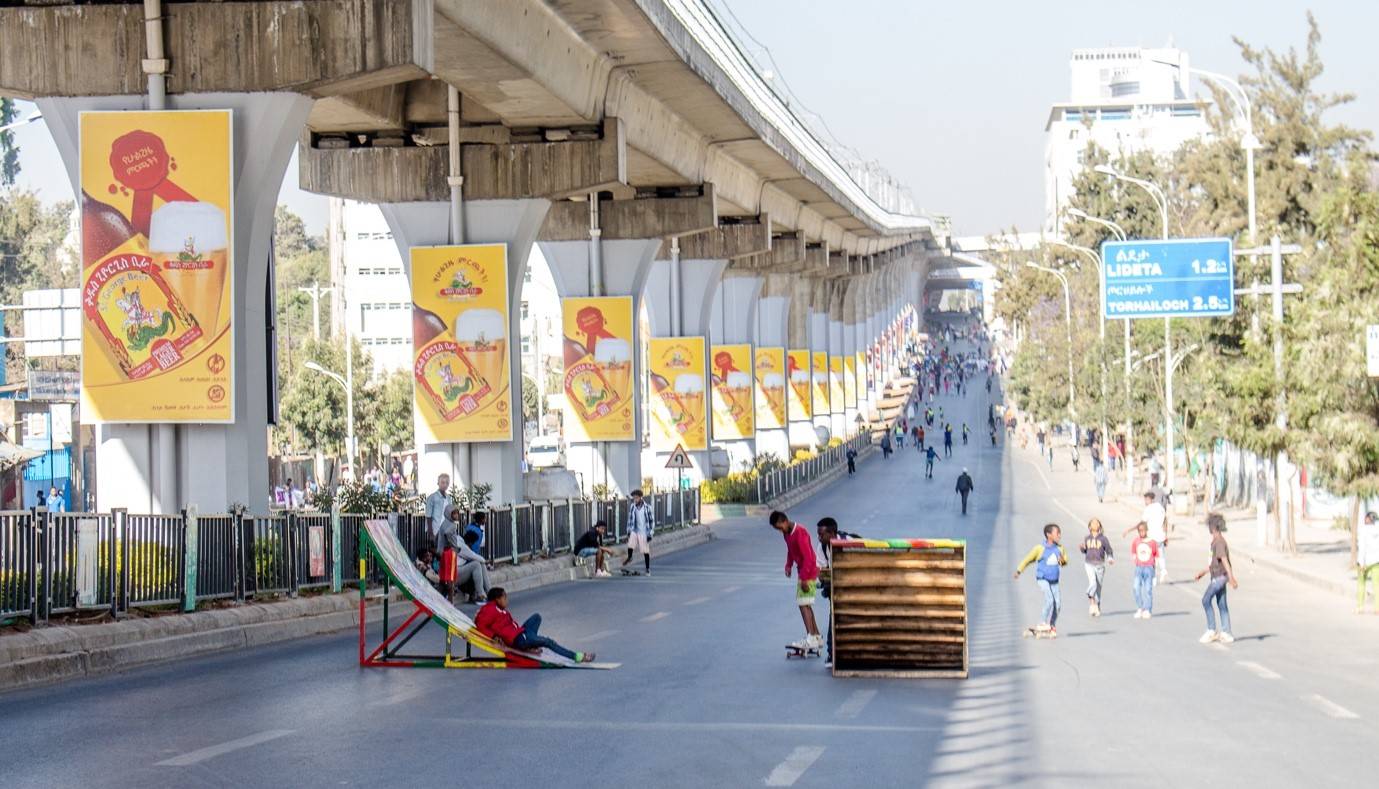
Environment, health advantages
Eliminating or minimizing vehicular presence in designated zones can significantly improve urban air quality and reduce health risks for city dwellers.
Car-free zones, for one, can help mitigate the concentration of harmful particulates that exacerbate respiratory illnesses such as asthma and bronchitis.
Also, well-designed pedestrian paths and bike lanes further enhance mobility, making the active lifestyle an appealing option. This is important given the increasing number of Filipinos suffering from sedentary lifestyle-related diseases such as obesity and hypertension.
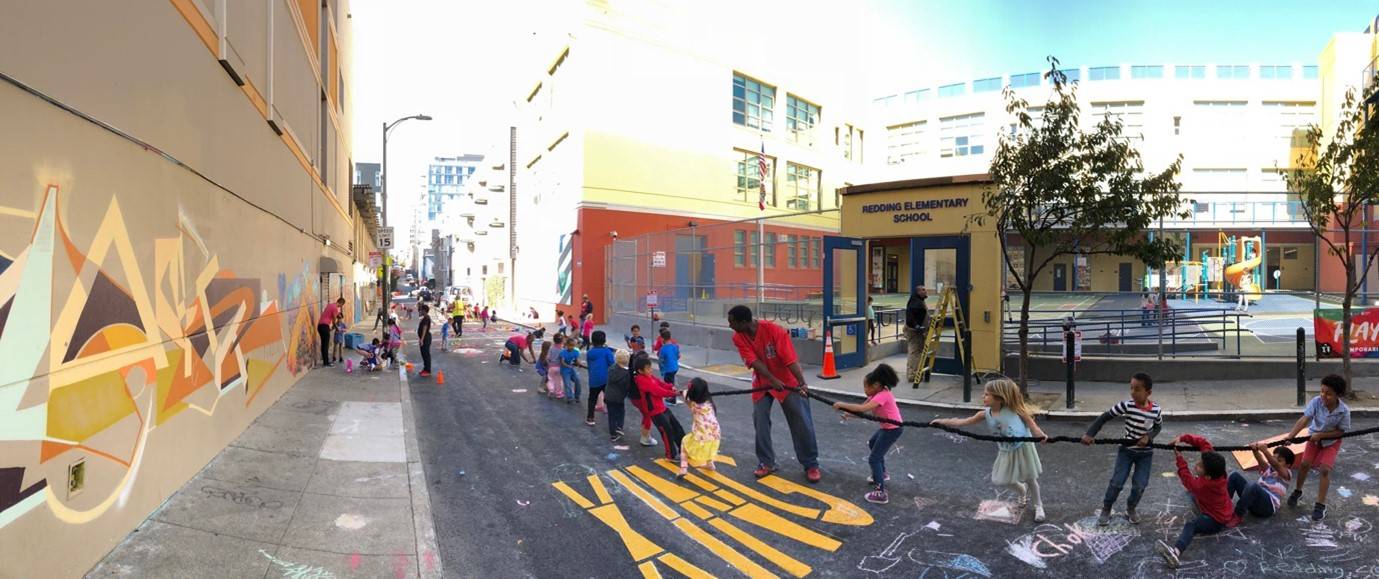
Community development, sustainability
Prioritizing pedestrians fosters a sense of community, as demonstrated in some business districts, where wide walkways, public plazas, and green spaces encourage social interaction and neighborhood cohesion.
Residents and visitors naturally engage in outdoor activities through leisurely strolls, al fresco dining, or community events, creating a vibrant urban atmosphere.
The success of these pedestrian-friendly spaces reflects a growing preference for walkable environments that strengthen social ties and contribute to a more inclusive and livable urban landscape. Residents engage more with their surroundings and each other, leading to stronger social bonds.
This approach aligns with sustainable urban development, creating spaces prioritizing people over vehicles.
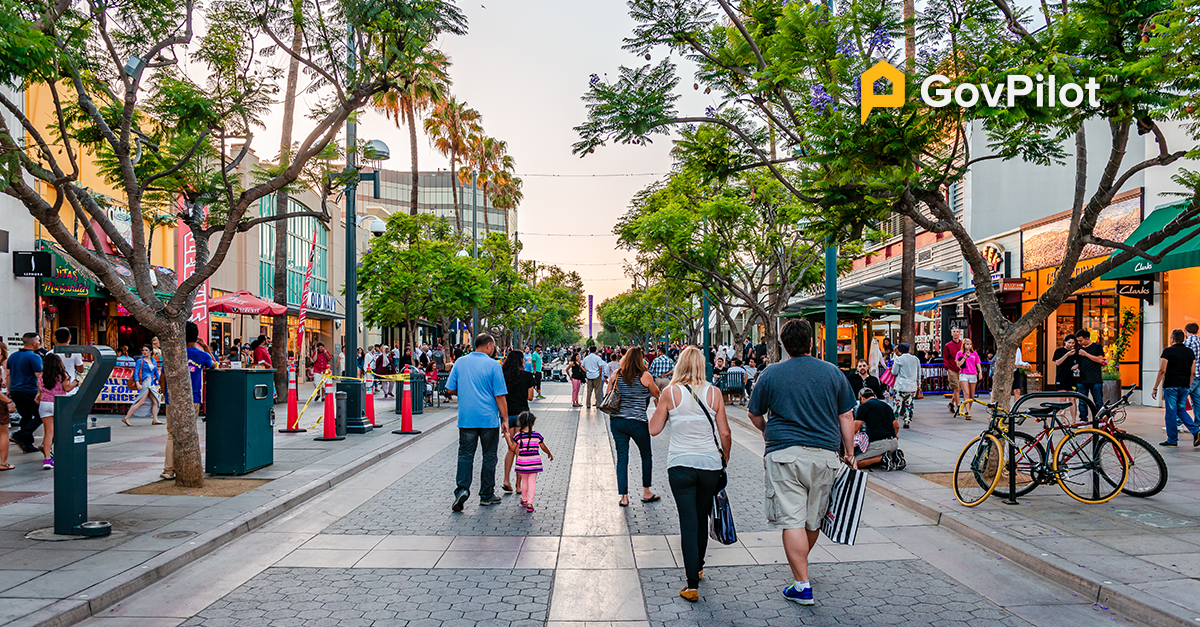
The role of waste management
Effective garbage segregation and waste management complement car-free initiatives, as demonstrated in pedestrianized zones across Metro Manila, Iloilo, and Cebu.
Cities implementing proper waste disposal strategies, such as designated bins for recyclables and biodegradable waste, have maintained cleaner streets that enhance the pedestrian experience. Initiatives like the “No Littering” policy in Makati and Iloilo’s sustainability programs ensure that public spaces remain inviting, reinforcing the idea that a well-managed environment supports a thriving, people-centered urban space.
Proper waste management further ensures that pedestrian-friendly zones remain hygienic and appealing. Even the most well-designed car-free spaces risk deterioration without an efficient waste disposal system.
Local governments must prioritize sustainable waste collection methods, including composting programs and stricter recycling regulations, to maintain the integrity of pedestrianized spaces.
The author (www.ianfulgar.com), is a leading architect with an impressive portfolio of local and international clients. His team elevates hotels and resorts, condominiums, residences, and commercial and mixed-use township development projects. His innovative, cutting-edge design and business solutions have garnered industry recognition, making him the go-to expert for clients seeking to transform their real estate ventures





